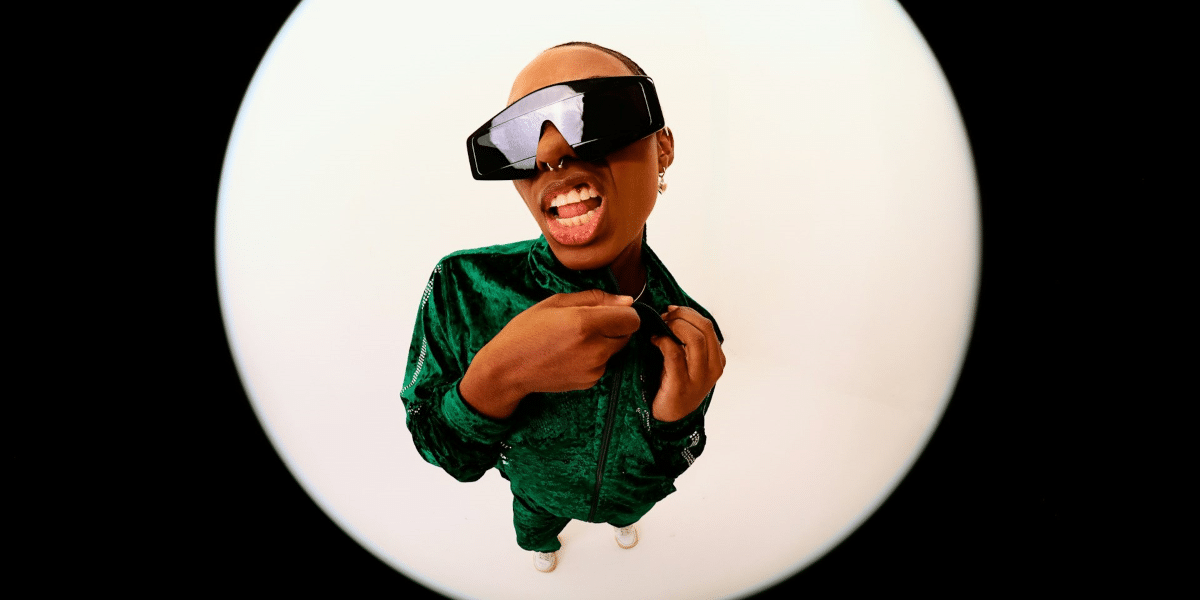Telehealth has revolutionized healthcare delivery, advancing from basic remote communications to sophisticated digital platforms that connect patients and providers globally. This article explores the history of telehealth, the transformative impact of modern technologies, and what the future holds for virtual care.
The Origins of Telehealth
Early Experiments with Remote Healthcare
Telehealth’s roots trace back to the American Civil War when telegraph networks transmitted casualty updates and medical supply orders. Later, Alexander Graham Bell’s invention of the telephone in 1876 enabled doctors to consult remotely, laying the groundwork for modern telemedicine.
In 1905, Willem Einthoven transmitted heart sounds via telephone lines, marking another milestone. The 20th century saw radiology images sent between hospitals and pioneering teleradiology systems created in Canada.
Key Milestones in the 20th Century
In 1959, the University of Nebraska facilitated two-way video telemedicine, a breakthrough that led to programs like Boston’s Logan International Airport telemedicine station. By the 1980s, telehealth expanded to war zones, prisons, and remote research stations.
The Role of Space Programs in Advancing Telehealth
NASA’s STARPAHC project (1973–1977) connected rural patients to hospitals using space technology. Its legacy influenced telemedicine solutions used during disasters such as the 1985 Mexico City earthquake.
Telehealth Technologies and Applications
Synchronous vs. Asynchronous Telehealth
Telehealth operates through synchronous (real-time interactions) or asynchronous (store-and-forward) communication. Each method serves specific healthcare needs, from urgent care consultations to non-immediate follow-ups.
| Feature | Synchronous | Asynchronous |
| Timing | Live interaction | Delayed response |
| Communication | Video/audio | Text, email, images |
| Applications | Emergency care | Routine follow-ups |
Specialties Embracing Telehealth
Telehealth supports a range of medical specialties:
- Primary care for chronic conditions.
- Psychiatry for mental health services.
- Endocrinology for diabetes management.
- Infectious diseases for consultations in underserved regions.
Remote Patient Monitoring and Wearables
Wearables like glucose monitors and fitness trackers empower patients to manage their health from home. Remote monitoring systems cut hospital readmissions by 76% and improve patient satisfaction scores. By 2025, over 70 million Americans are expected to use remote patient monitoring (RPM) tools.
The Impact of Telehealth on Healthcare Delivery
Improving Access to Care
Telehealth breaks geographic barriers, ensuring patients in rural or underserved areas receive timely care. During the COVID-19 pandemic, nearly 50% of Medicare primary care visits shifted online, compared to less than 1% pre-pandemic.
Cost-Effectiveness and Efficiency
Virtual consultations reduce hospital admissions and emergency room visits. Studies show telehealth saves up to $250 billion annually in U.S. healthcare spending.
Patient and Provider Satisfaction
Patients appreciate the convenience of avoiding travel and waiting rooms. Providers value better insights into patients’ home environments, boosting engagement and compliance rates.
Current Trends and Future Directions
The COVID-19 Pandemic as a Catalyst
COVID-19 accelerated telehealth adoption, with a 766% increase in usage during the pandemic’s early months. Relaxed regulations and improved reimbursement policies further propelled growth.
Emerging Technologies in Telehealth
Advancements like AI, voice analysis, and facial recognition enhance telehealth’s diagnostic capabilities. For example, AI tools now monitor medication adherence and deliver personalized health insights.
Predictions for the Future of Telehealth
The global telemedicine market, valued at $34.8 billion in 2022, is projected to reach $63.8 billion by 2028. Experts predict telehealth adoption rates will stabilize at 50–70% in the coming years. Innovations such as AI-driven diagnostic tools and integrated patient monitoring systems will play key roles in this growth.
Conclusion
Telehealth has journeyed from experimental radio communications to transformative digital platforms. Improving accessibility, reducing costs, and increasing satisfaction redefine healthcare delivery.
At Bask Health, we’re committed to advancing telehealth solutions that make care more accessible and personalized, ensuring patients receive the support they need wherever they are.
Discover how telehealth transformed healthcare, from its early beginnings to groundbreaking innovations. Read The Evolution of Telehealth: From Past to Present and Beyond to explore its fascinating journey and future possibilities!
Disclaimer: This article is for informational purposes only and does not substitute for professional medical advice. Please consult a healthcare professional before making any medical decisions or implementing telehealth services.
Published by: Holy Minoza







